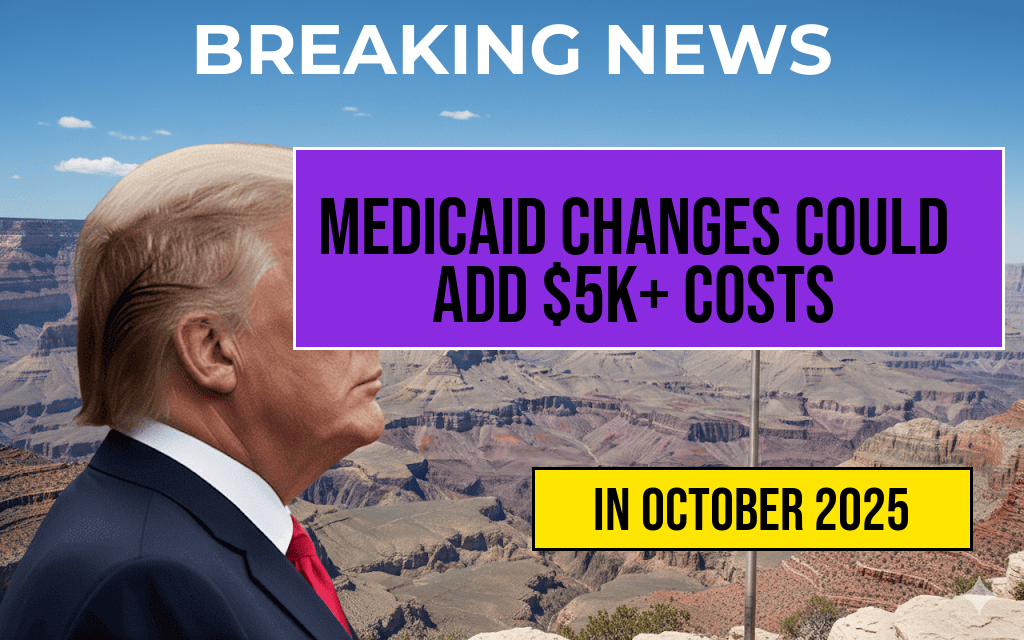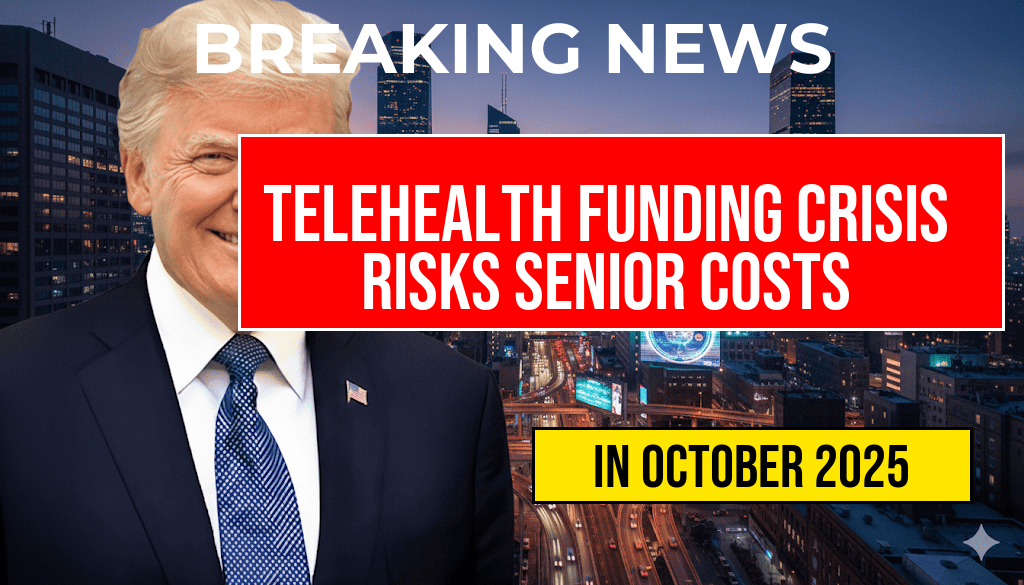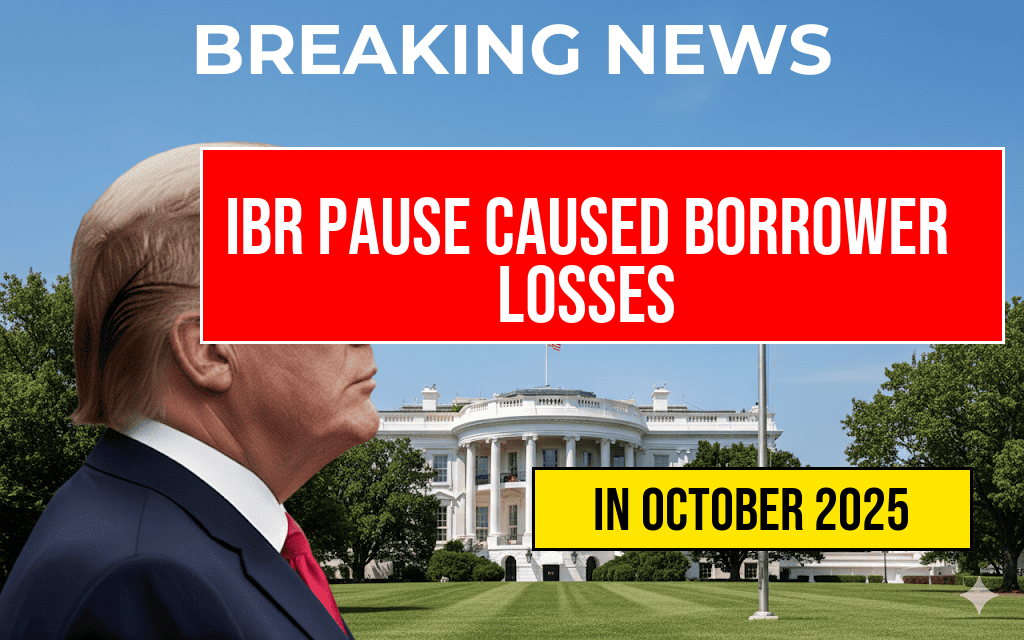Recent changes to Medicaid policies are poised to significantly increase out-of-pocket healthcare expenses for many American families. As states implement new eligibility criteria and cost-sharing requirements, households could face additional annual costs exceeding $5,000 per family, according to experts. These modifications threaten to reshape the financial landscape for low- and middle-income Americans relying on Medicaid for essential health services. While Medicaid expansion under the Affordable Care Act has historically reduced barriers to coverage, ongoing policy shifts aim to tighten eligibility and introduce new patient cost responsibilities, raising concerns among consumer advocates and healthcare providers alike.
Understanding the Scope of Medicaid Policy Changes
State-Level Adjustments and Eligibility Criteria
Many states are revising their Medicaid programs to address budget constraints and shifting priorities. These adjustments include stricter income thresholds, increased verification requirements, and tighter asset limits. In some cases, individuals previously eligible for Medicaid may find themselves disqualified, forcing them to seek alternative coverage options or face unpaid medical bills.
For example, several states have adopted work requirements or imposed waiting periods for certain populations, which can delay or restrict access to coverage. As a result, some families may experience gaps in care or be forced to pay for services out-of-pocket until they regain eligibility.
Introduction of Cost-Sharing and Premiums
Beyond eligibility changes, many Medicaid programs are introducing or increasing cost-sharing elements such as copayments, deductibles, and premiums. While these measures intend to promote responsible utilization, they can disproportionately burden low-income households, especially those requiring ongoing treatments or managing chronic conditions.
| Family Income | Additional Annual Costs |
|---|---|
| Below 138% FPL | $2,500 – $3,500 |
| 138%–200% FPL | $3,500 – $4,500 |
| Above 200% FPL | $4,500 – $6,000 |
These estimates, compiled by healthcare analysts, indicate that families could face substantial increases, with some paying over $5,000 more annually depending on their income and health needs.
Impact on Families and Healthcare Access
Financial Strain and Medical Debt
For households already living paycheck to paycheck, these policy shifts threaten to push healthcare costs beyond manageable levels. Unanticipated medical expenses can lead to debt, delayed treatments, or avoidance of necessary care—all of which can worsen health outcomes over time.
Studies have shown that high out-of-pocket expenses often result in skipped appointments and medication non-adherence, which can escalate medical emergencies and increase overall healthcare costs.
Potential for Reduced Coverage and Care Disruptions
As eligibility criteria become more restrictive and cost-sharing rises, some families may lose coverage altogether. This can create a cascade of negative effects, including limited access to preventive services and a greater reliance on emergency care—an approach that is more costly and less effective.
Legal and policy experts warn that these changes could undermine the original intent of Medicaid as a safety net, especially for vulnerable populations such as the elderly, disabled, and low-income children.
Policy Experts Weigh In
Health policy analysts caution that while these modifications aim to balance state budgets, they risk exacerbating health disparities. “Implementing stricter eligibility and cost-sharing measures may save money in the short term but could lead to higher costs down the line due to increased emergency care and untreated illnesses,” notes Dr. Lisa Hernandez, a health economist at the Urban Institute (urban.org).
Advocates suggest that targeted support and protective measures are necessary to prevent vulnerable populations from falling into coverage gaps. The Kaiser Family Foundation emphasizes the importance of maintaining access to affordable coverage for low-income families to promote overall public health.
Looking Ahead
As states continue to implement Medicaid reforms, families should proactively review their coverage options and financial planning strategies. Healthcare experts recommend consulting with local health departments, Medicaid offices, or trusted advocates to understand potential changes and find assistance programs designed to offset increased costs.
Legislative debates are ongoing at both state and federal levels, with policymakers weighing the economic benefits of cost containment against the potential human costs of reduced access to care. The evolving landscape underscores the importance of informed decision-making by consumers and the need for policies that prioritize health equity.
Frequently Asked Questions
What are the recent changes to Medicaid that could affect my family’s healthcare costs?
Recent Medicaid policy changes may lead to increased out-of-pocket expenses, potentially adding over $5,000 annually for families due to higher premiums, reduced coverage, and stricter eligibility requirements.
How might these Medicaid changes impact my family’s medical bills?
The changes could result in higher medical bills by shifting more costs to families, reducing coverage options, and increasing the likelihood of out-of-pocket expenses for necessary healthcare services.
Who is most at risk of facing higher healthcare costs due to these Medicaid adjustments?
Families with low to moderate incomes, those with chronic health conditions, and individuals relying heavily on Medicaid for coverage are most at risk of facing increased medical expenses.
What can families do to prepare for potential increases in medical costs due to Medicaid policy changes?
Families should review their healthcare coverage, explore supplemental insurance options, and consider setting aside savings to mitigate potential increases in medical bills.
Are there any resources or assistance programs available to help families cope with rising medical costs?
Yes, families can access state assistance programs, community health resources, and financial counseling services to help manage and reduce the impact of increased medical expenses.






